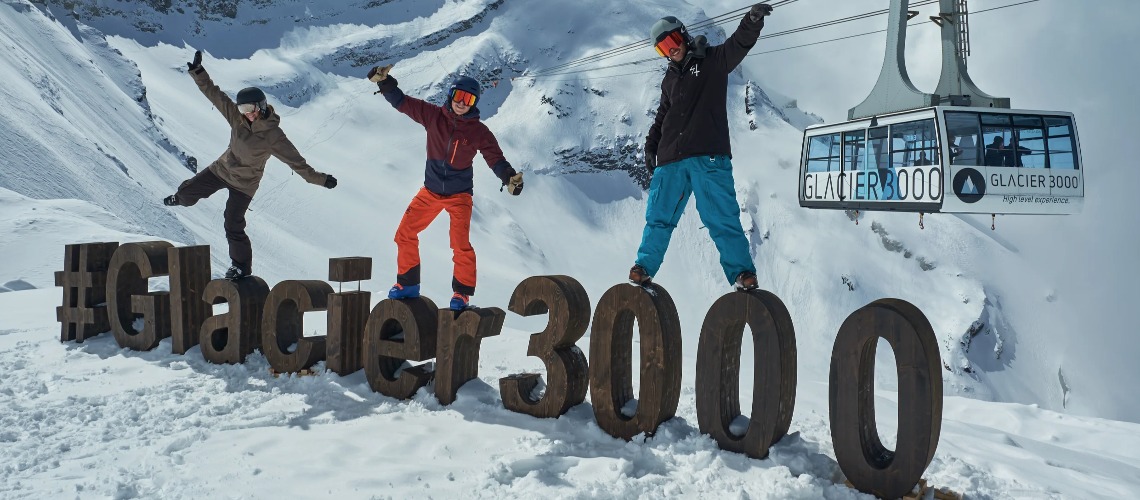Building-Integrated Photovoltaics At Extreme Heights: 3S Realizes Solar Facade At Glacier 3000

With the installation of an innovative solar façade at the Scex Rouge mountain station at 3,000 meters, 3S is setting a pioneering example for building-integrated photovoltaics (BIPV) in the high mountains. Together with its partner companies Solstis SA and Morand Constructions Métalliques SA, 3S implemented this ambitious project, which sets ecological and architectural standards.
Architecture and BIPV: A harmonious combination
After the fire in 2022, the iconic mountain station designed by star architect Mario Botta was redesigned with a modern solar façade. The aim was to integrate renewable energy generation aesthetically and functionally into the existing design. Thanks to 3S's innovative façade modules, a solution was realized that not only covers the building's energy needs, but also blends harmoniously into the characteristic architecture. The use of building-integrated photovoltaics (BIPV) makes it possible to use the solar cells as a structural element of the building envelope, ensuring maximum efficiency and resistance to alpine weather conditions.
Technological advantages of the 3S solar facade
The glass-glass modules developed by 3S offer not only a high energy yield but also extreme resistance to alpine weather conditions. Thanks to the frameless design, the facade remains largely free of snow and deposits, ensuring constant power production even in the winter months.
Technical Challenges and Sustainable Energy Production
The conditions at an altitude of almost 3,000 meters placed high demands on the design and assembly. Strong winds of up to 260 km/h required a special fastening technology with three to four times as many anchor points as in standard projects. 594 modules on 655 m² with a total output of 118 kWp provide sustainable energy. This corresponds to the annual energy requirements of around 28 households. The high efficiency of the system is due not least to the reflection of sunlight by the snow and the clear mountain air without fog.
Successful cooperation for a sustainable future
3S supported the project from the feasibility study to the final implementation. The solar modules are produced in Switzerland at the locations in the canton of Bern. While Morand Constructions Métalliques developed and assembled the supporting structure, Solstis took over project management and electrical system integration. The successful cooperation of these specialists enabled a technically and aesthetically outstanding solution for the sustainable operation of the mountain station.
Conclusion
With the realization of this high-alpine solar façade, 3S impressively demonstrates the potential of building-integrated photovoltaics. The combination of innovative technology, sustainable energy generation and architectural masterpiece makes the project at Glacier 3000 an international showcase for the future of solar architecture.













